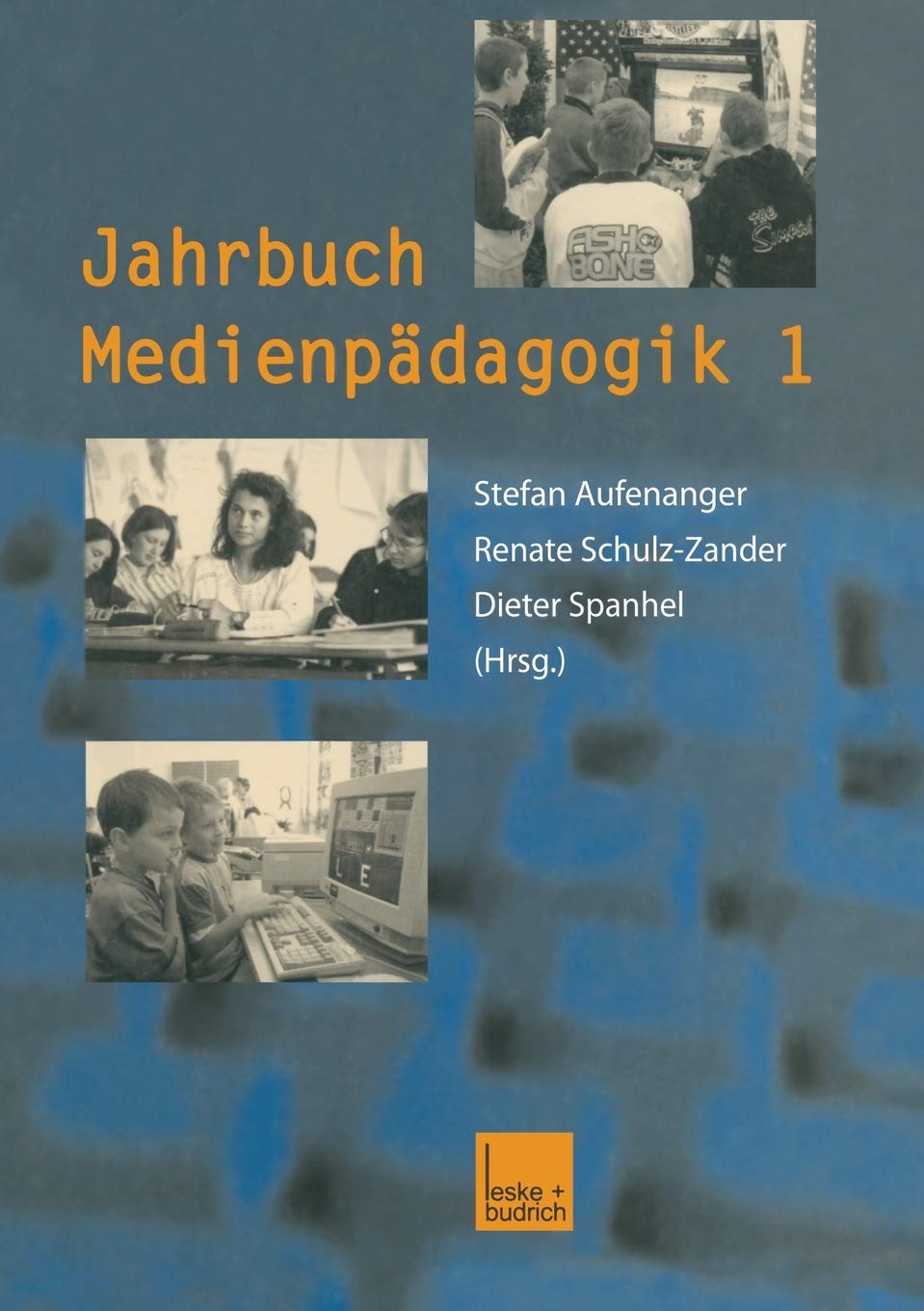Abstract
The term multimedia can be understood as a metaphor, behind which quite different media-technological developments and media-pedagogical contexts of use are concealed. On the one hand, it means that different media are presented together on a technical device (hardware). On the other hand, multimedia is often understood to mean a certain text structure that is not linear as in a book, but is characterised by different texts that refer to each other or are connected by so-called links. Similar to how one can be forwarded from one keyword to another in an encyclopaedia, one can determine the course of reception oneself in such a hypertext structure. If these different texts stand for different media - written text, language, image, video or animation - then we speak of a hypermedium, which combines the aspects of multimedia and hypertext. A hypermedia learning environment is expected to lead to better learning processes, because on the one hand different media are used and thus the different senses are addressed, but on the other hand a hypertext with its non-linear structure allows the learners a self-determined learning path that is not predetermined by the medium.
